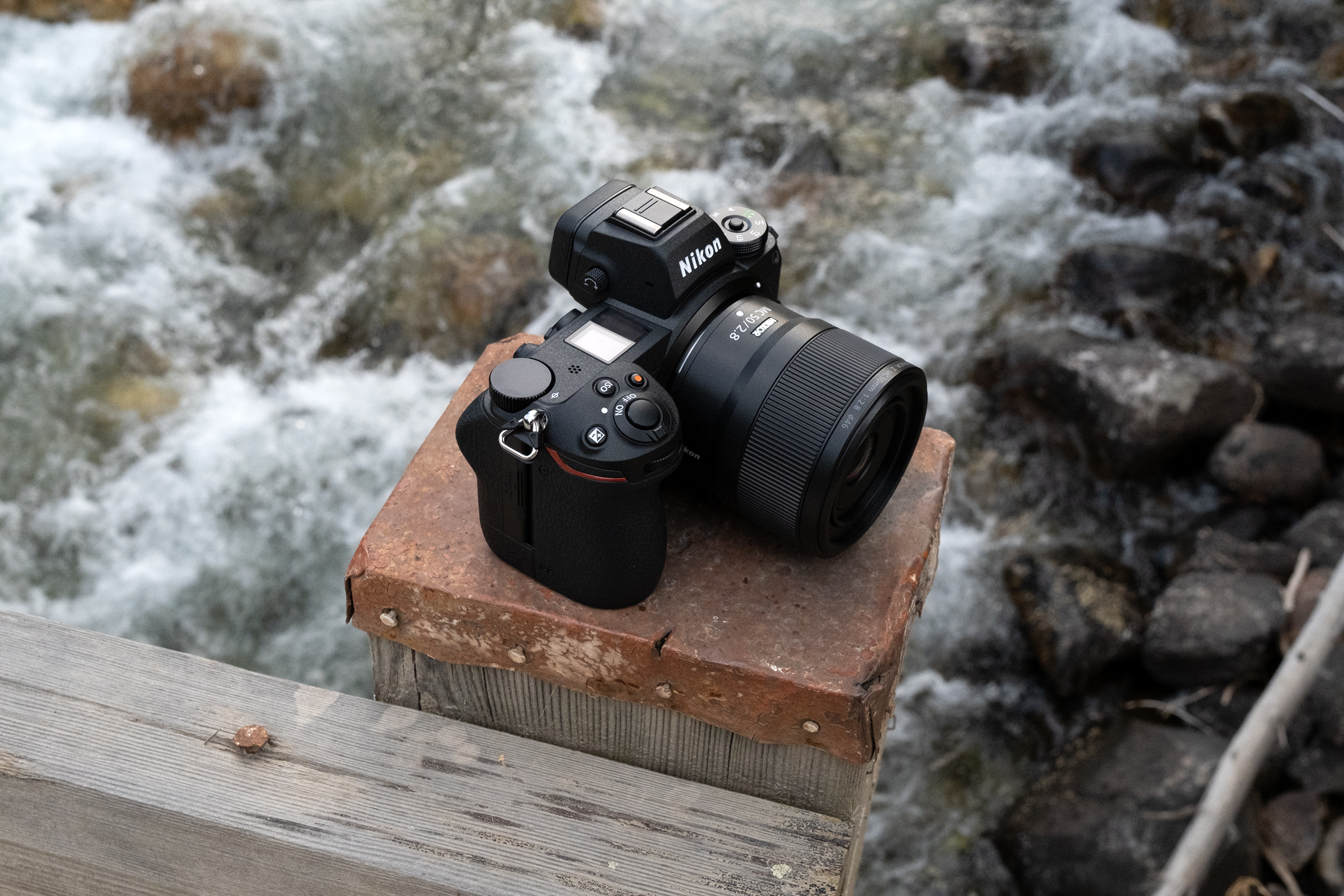Nikon is continuing to add more focal lengths to its newest Z-system lineup. Among those is the newest Nikon 50mm f2.8 Z lens. It’s lightweight, compact, and weather-sealed. It’s moderately priced for a nifty fifty. Is the simplistic design with macro capabilities truly one size fits all? Or is it more of a monotone one-hit wonder?
Table of Contents
Too Long Didn’t Read
The Nikon Z 50mm f2.8 lens is lightweight, compact, and moderately priced. It’s weather-resistant and can be taken anywhere. The images it produces are sharp, with plenty of bokeh in suitable environments. They can also feel a bit flat without post-processing.
Pros and Cons
Pros
- 50mm is an ideal focal length for a variety of applications
- Weather-resistant
- Lightweight
- Sharp
Cons
- Autofocus can be sluggish in low light and flatly lit shooting environments
- Images can feel clinical
- It can require more post-production to get images to pop
Gear Used
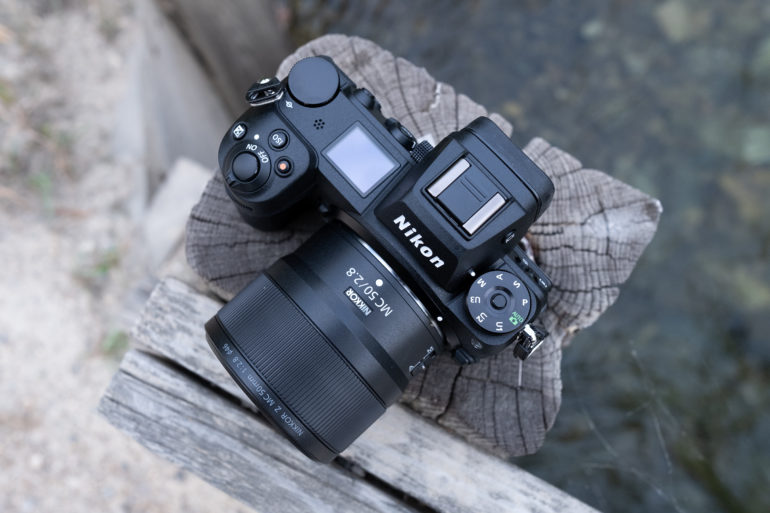
I used the Nikon Z MC 50mm f2.8 lens with the Nikon Z6 II.
Innovations
The Nikon Z 50mm f2.8 lens isn’t innovative in design. It’s very simplistic. A nice feature of this lens is the ability to digitize film with an add-on accessory. The ES-2 Film Digitizing Adapter Set is sold separately.
Tech Specs
All technical specifications are from the manufacturer.
- Mount Type: Nikon Z Mount
- Focal Length: 50mm
- Maximum Aperture: f/ 2.8
- Minimum Aperture: f/ 22
- Format: FX
- Maximum Angle of View (DX-format): 31°30′
- Maximum Angle of View (FX-format): 47°
- Maximum Reproduction Ratio: 1x
- Lens Elements: 10
- Lens Groups: 7
- Diaphragm Blades: 9
- ED Glass Elements: 1
- Aspherical Elements: 1
- Fluorine Coat: Yes
- Autofocus: Yes
- AF Actuator: STM (stepping motor)
- Minimum Focus Distance: 0.53ft (0.16m) from focal plane
- Focus Mode: Auto/Manual
- Filter Size: 46mm
- Approx. Dimensions (Diameter x Length): 3 in. (74.5 mm) x 2.6 in. (66mm)Distance to end of lens from camera lens mount flange. Based on CIPA guidelines
- Approx. Weight: 9.2 oz. (260 g)Based on CIPA guidelines
- Micro: Yes
- Lens Type: Prime
Ergonomics
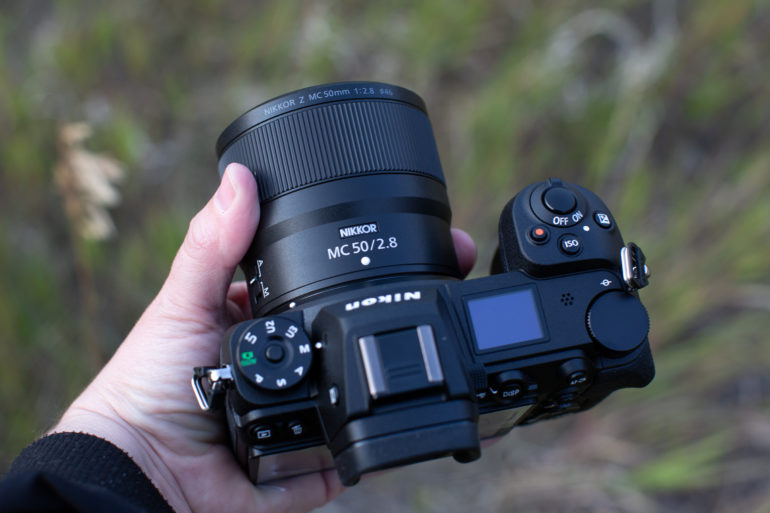
One of the first things you will notice about the Nikkor 50mm f2.8 lens is how lightweight it is. It is less than three inches long and weighs just over half of a pound.
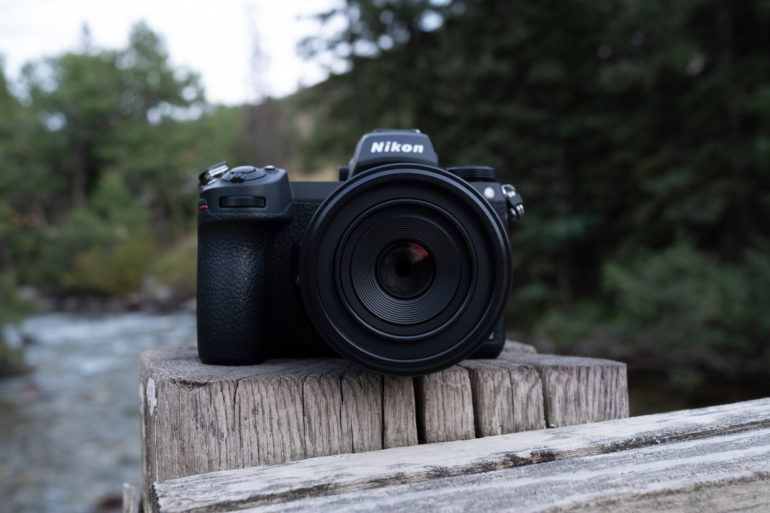
I feel that Nikon missed a prime opportunity to lean in and commit to designing their mirrorless system. It’s like a resigned exhale when it could have been a standing ovation. As a result of this design choice and mount, the amount of glass is very small compared to the rest of the lens.
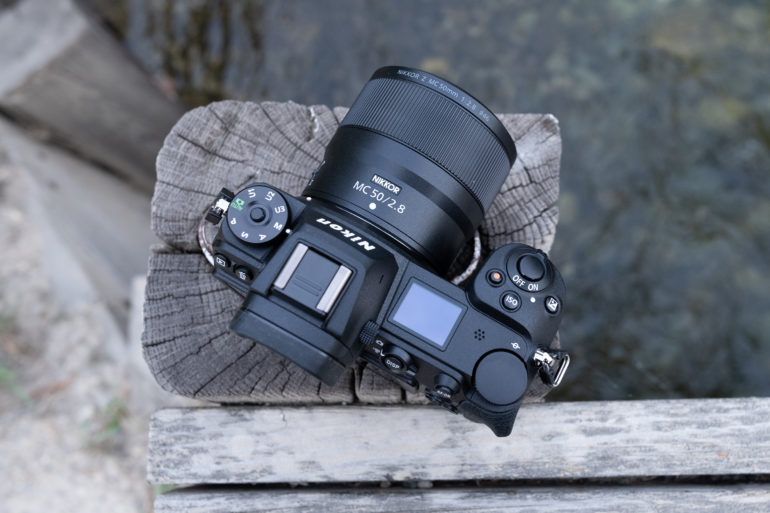
The Nikon 50mm f2.8 Z lens takes on a simplistic design. The lens has a wide, textured focusing ring. This also functions as a control ring that can be utilized to adjust ISO and exposure compensation. You will notice there is not a depth of field scale on this lens.
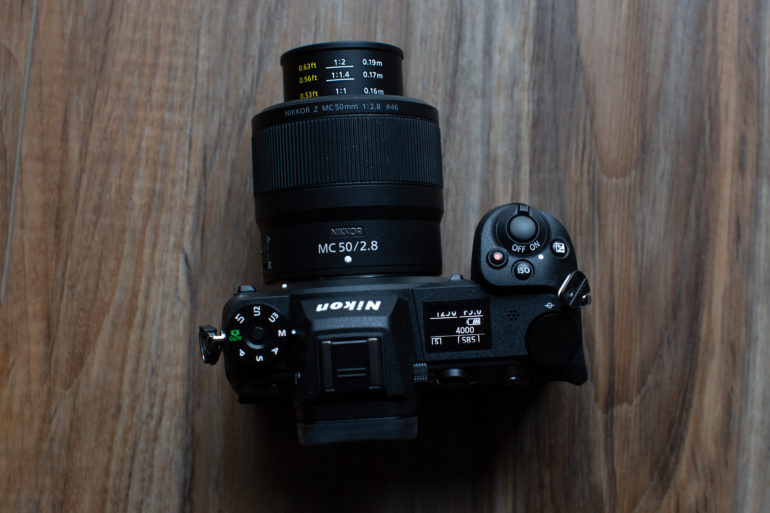
Instead, there are three macro distance indicators that appear at the end of the lens. It also comes with a minimal lens hood that you will quickly lose if you’re not careful.
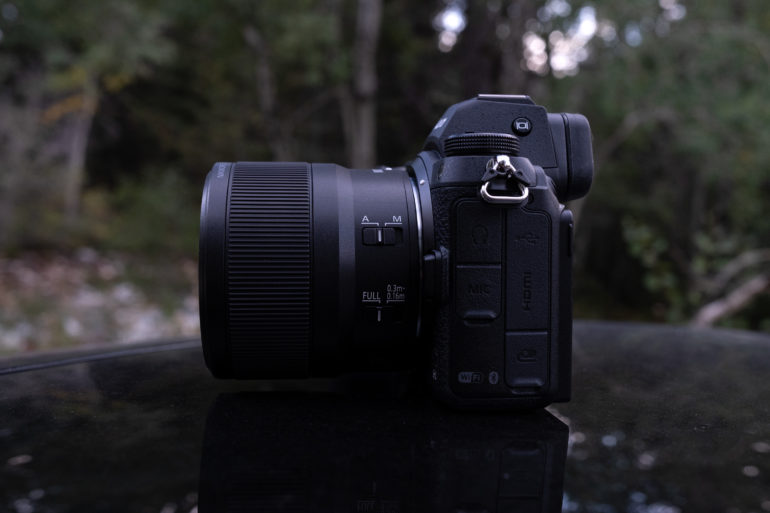
There are two switches on the side of the lens. The A-M switch allows you to choose between autofocus and manual focus. The other switch is a range limiter switch. This switch will enable you to shorten the autofocus range for macro photography.
Build Quality
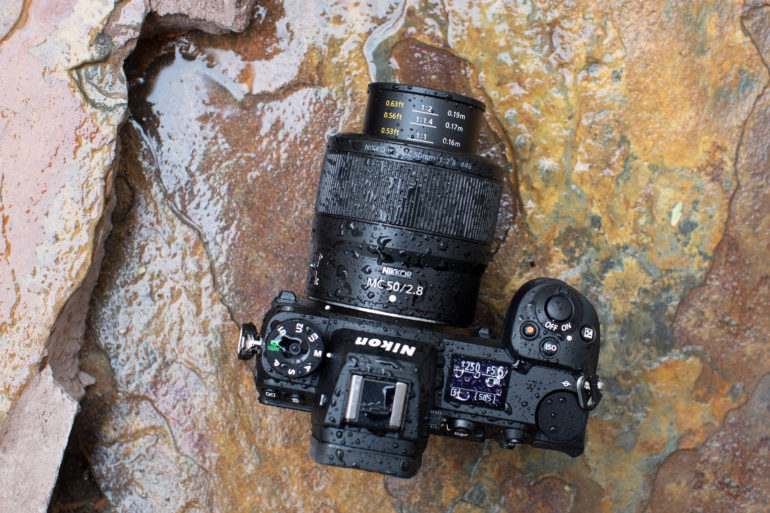
As promised, the Nikon 50mm f2.8 Z lens is weather-resistant. I got caught in the rain and sprayed it down with water. It handled just fine. As mentioned above, there is not a lot of glass in this lens. Its simplistic and lightweight design means they opted for more plastic over metal. It doesn’t feel cheap, although it doesn’t feel like a premium lens either.
Autofocus

In ideal shooting environments, the autofocus of this lens is quite good. The Nikkor 50mm f2.8 is slower to focus in low-light environments. It also struggles with its macro capabilities when there is not a lot of contrast. I often switched it to manual to quickly achieve the desired photograph. The autofocus of this lens does well with people and pet portraits when the animal and face detection settings are activated. I still preferred to turn off tracking and choose my focal point for optimal autofocus performance for the way I shoot. I tend to move around a lot.
Ease of Use
The Nikon 50mm f2.8 Z lens is as easy to use as any other nifty fifty on the market. Due to its simplistic design, there is no learning curve. It’s as simple as deciding if you want to shoot in autofocus or manual focus mode and whether or not you want to shoot macro.
Image Quality
The image quality of the Nikon 50mm f2.8 Z lens is overall pretty decent. The 50mm focal length comes with minimal distortion that is easy to fix in post. It is sharp when you want it to be and can produce beautiful bokeh.
Bokeh
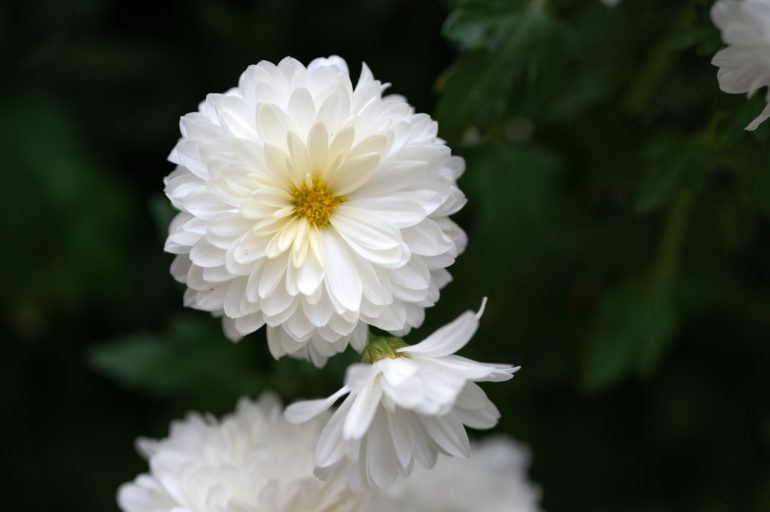
At regular distances, the bokeh is perfectly sufficient for portraits and full-body images. This lens creates gorgeously smooth bokeh when taking advantage of its macro capabilities in most situations. Depending on the subject, some midtones and highlights are much less uniform in the out of focus areas.
Sharpness
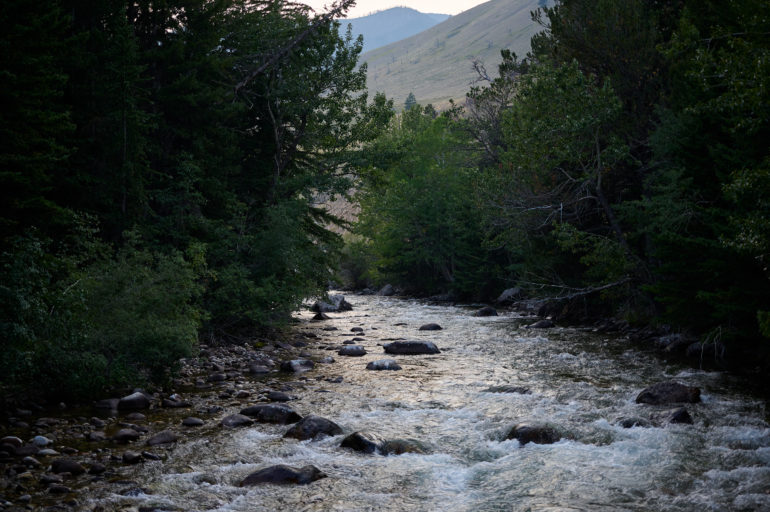
The Nikon 50mm f2.8 Z lens is very sharp throughout most of the frame when shooting wide open. Only the corners fade away. The sharpness naturally extends to the full-frame when stopping down. It is also very sharp when utilizing its macro functionality.
Lens Character
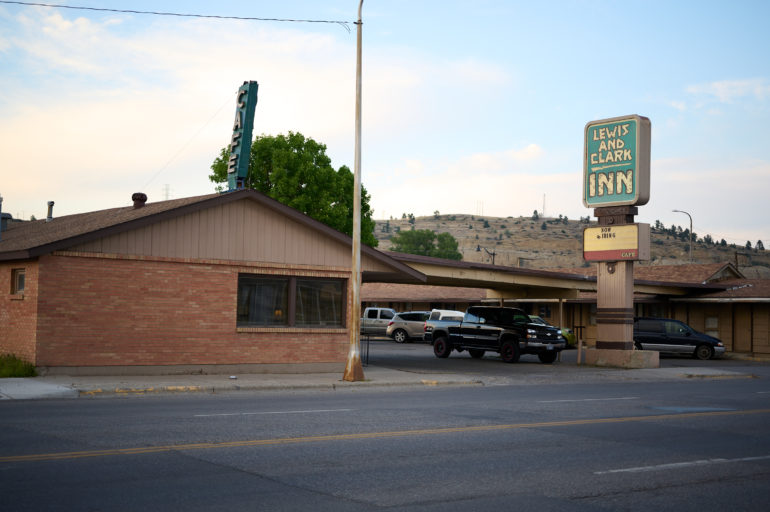
This lens has your typical 50mm focal length distortion, minor aberrations, and subtle vignetting. Color fringing is minimal. These are all easily corrected in post-processing. The coating on this lens is not ideal if you are a fan of sun flare or light stars. Contrast is also a bit lackluster at times if you like images with a bit of drama. If you are a fan of post-processing, you will enjoy the Nikon 50mm f2.8 Z lens. To cut back on post-processing time, put in the extra time to ensure that your scene is lit very well with desirable contrast.
Color Rendering
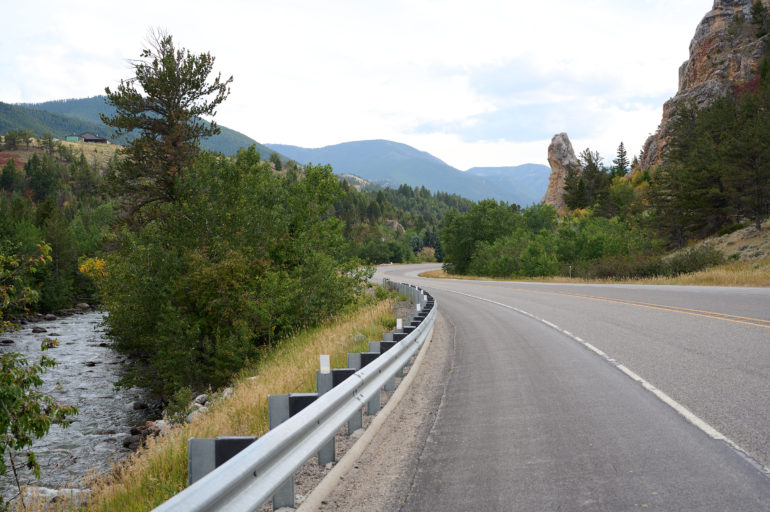
The colors created with the Nikkor 50mm f2.8 lens are adequate. If you really want them to sing, you may want to create a recipe to use upon importing images to save time. I found myself opting for monochrome in scenarios where the naturally occurring color wasn’t already stellar.
Extra Image Samples
From day one, the Phoblographer has been huge on transparency with our audience. Nothing from this review is sponsored. Further, lots of folks will post reviews and show lots of editing in the photos. The problem then becomes that anyone and everyone can do the same thing. You’re not showing what the lens can do. So we have a whole section in our Extra Image Samples area to show off edited and unedited photos. From this, you can make a decision for yourself.
Edited
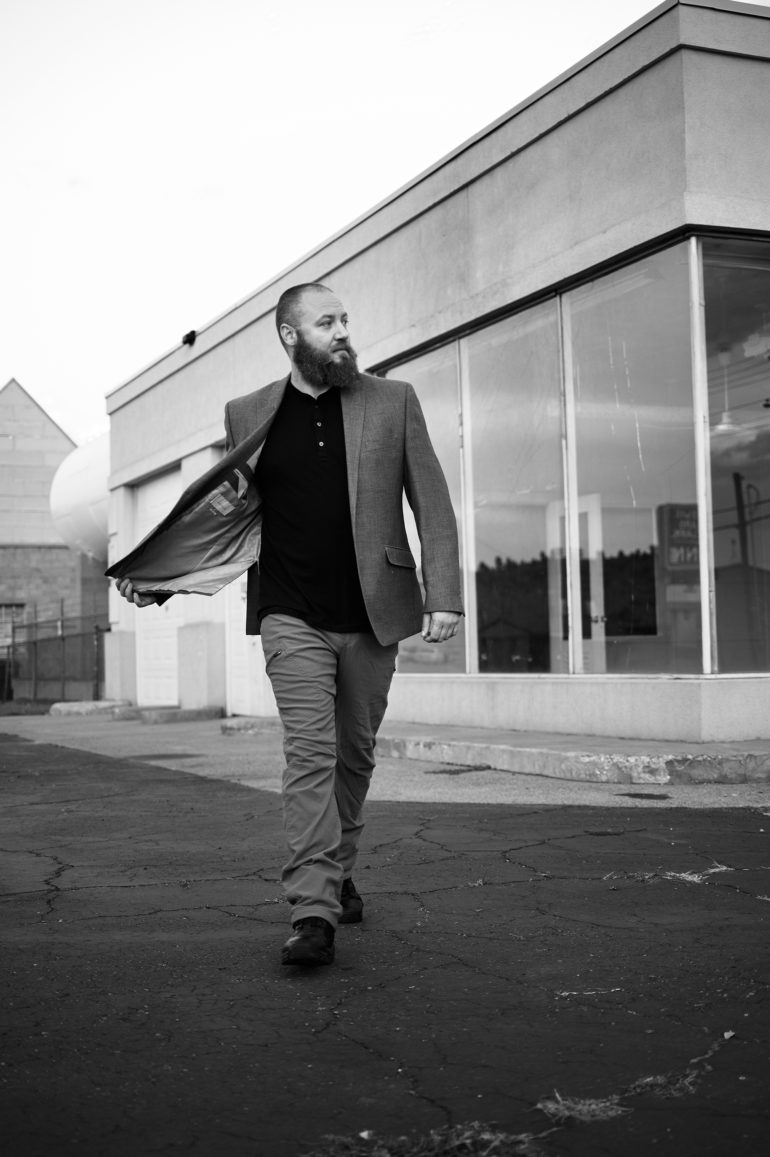

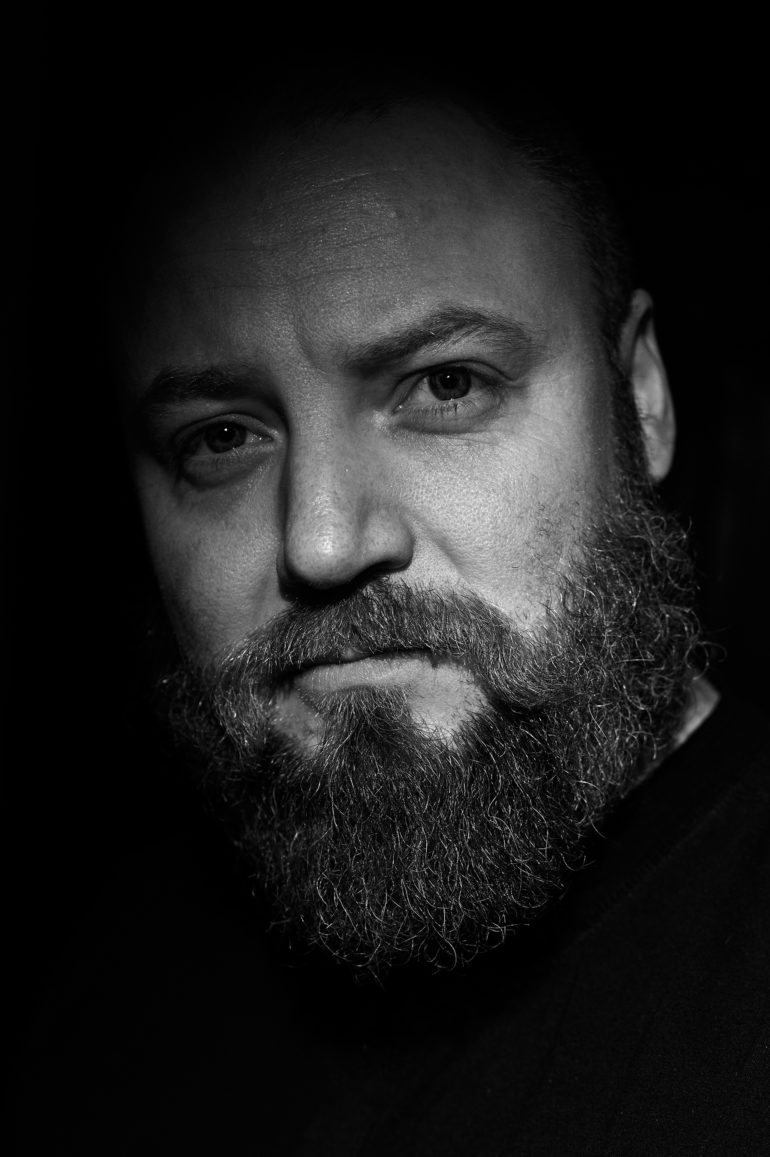
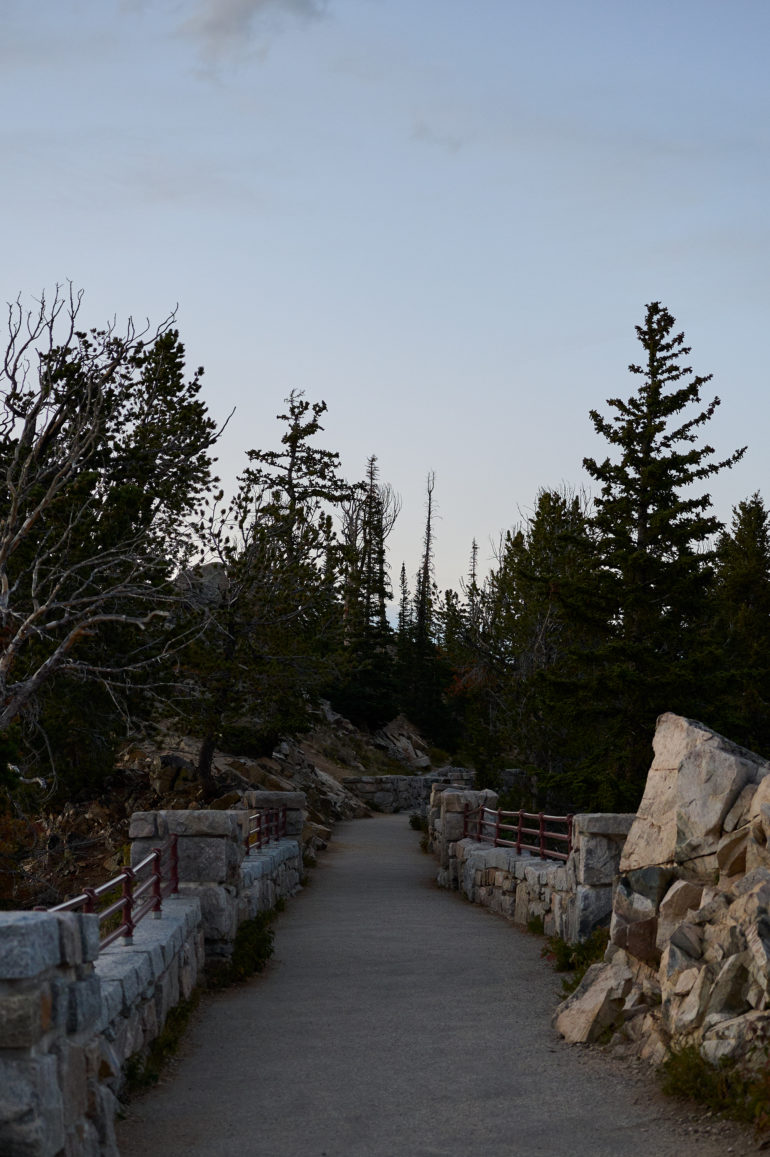

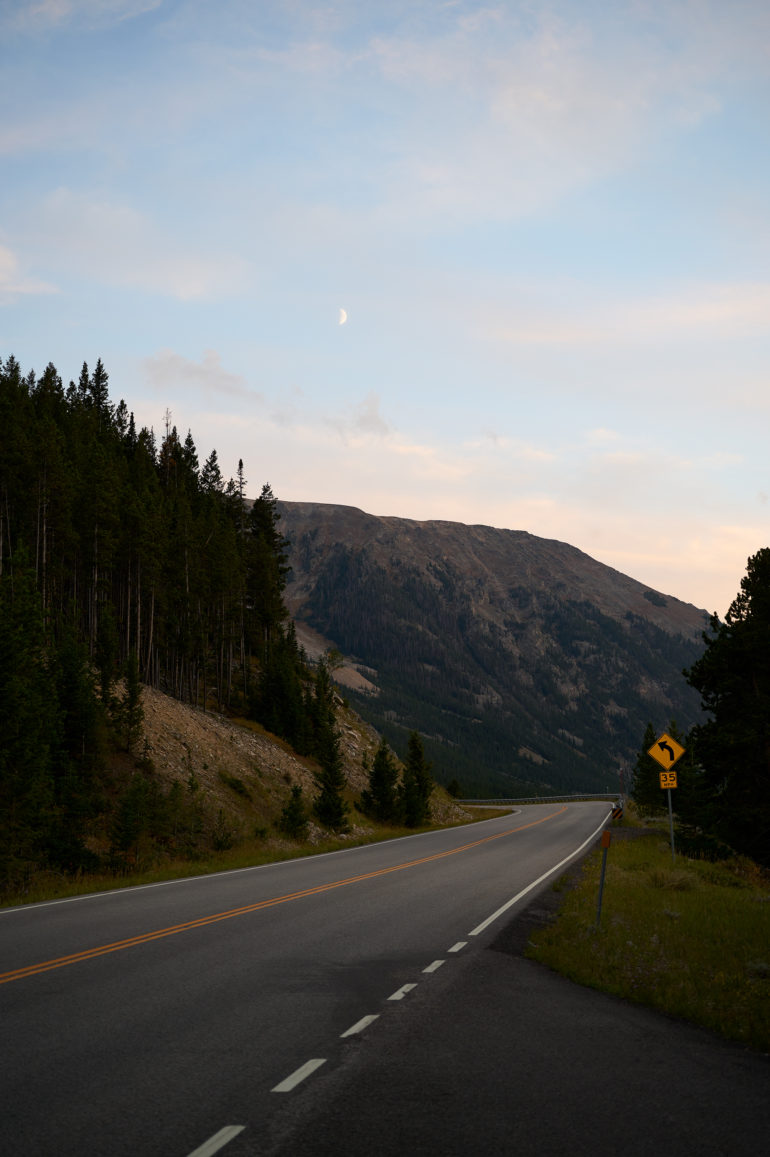
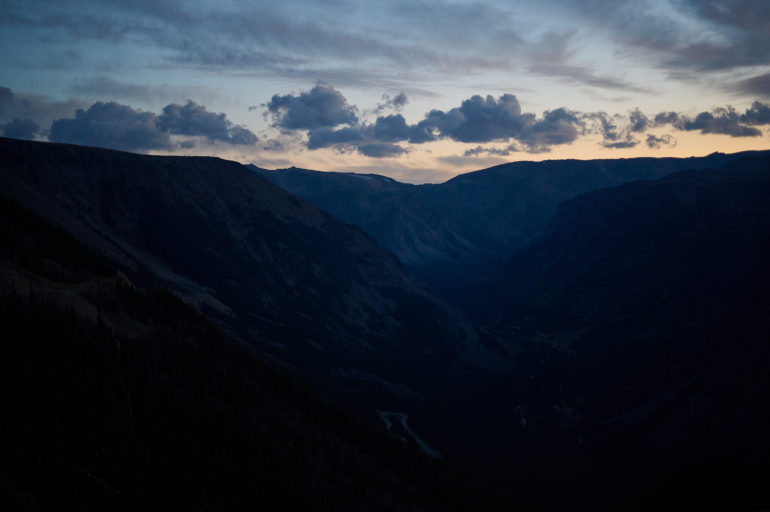
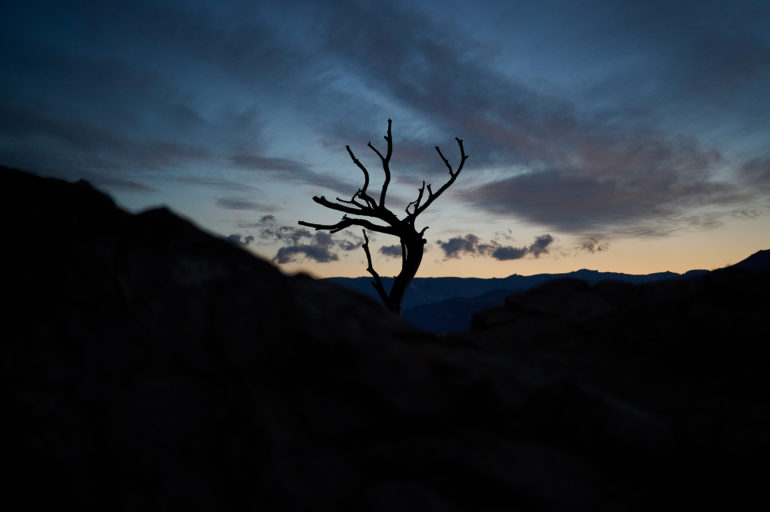

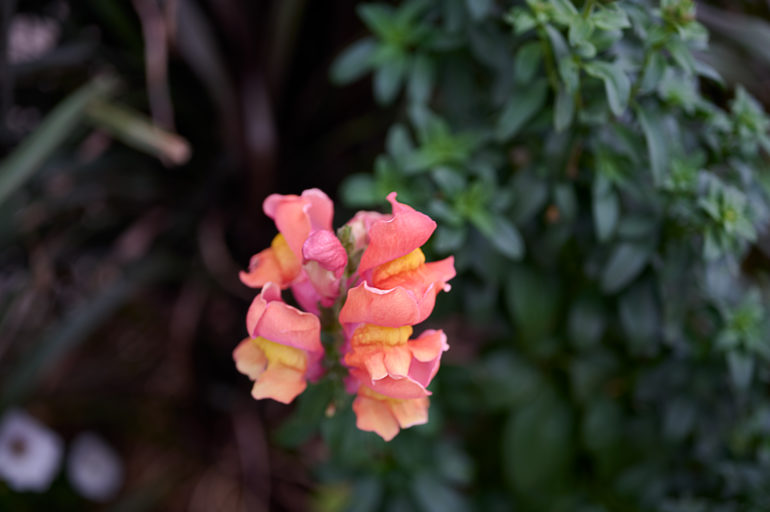

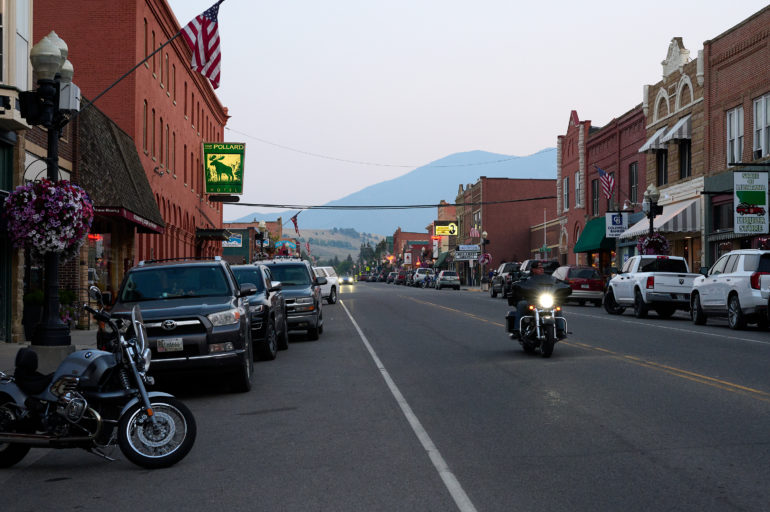
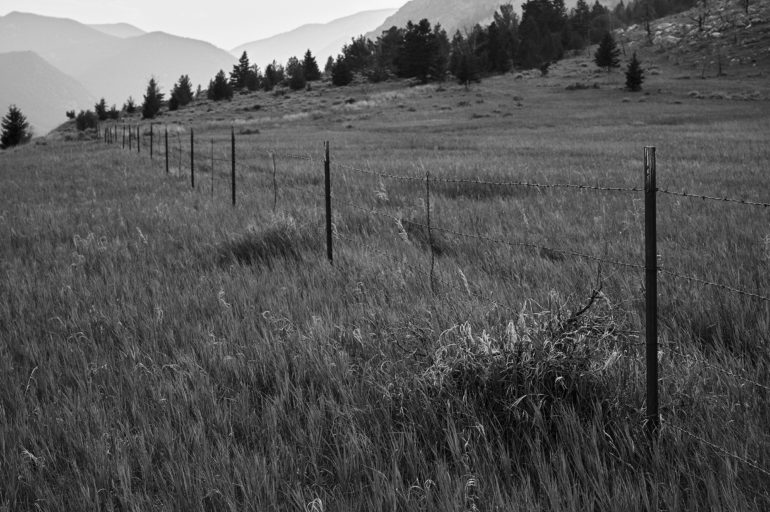
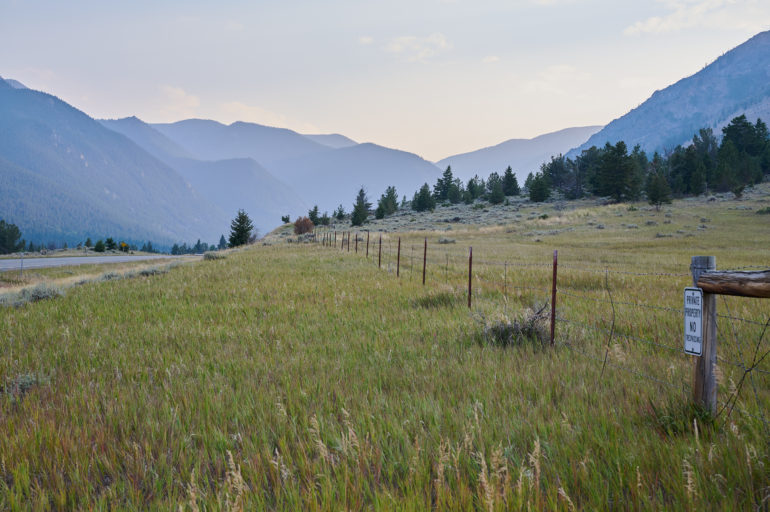

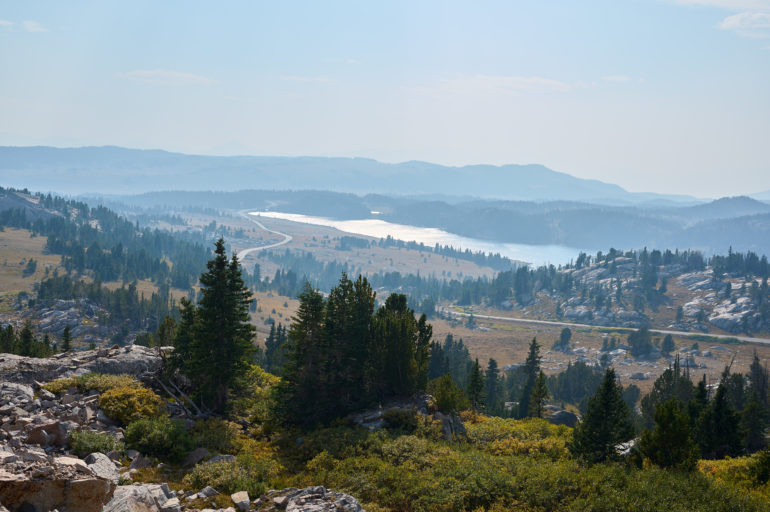
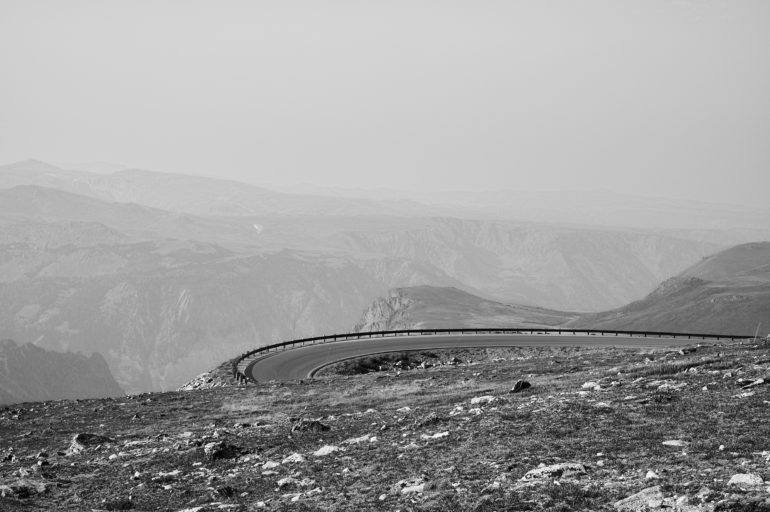
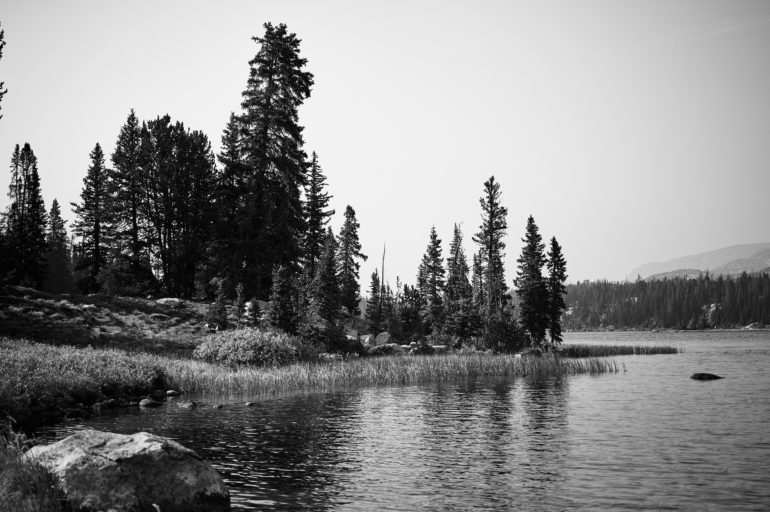
Unedited

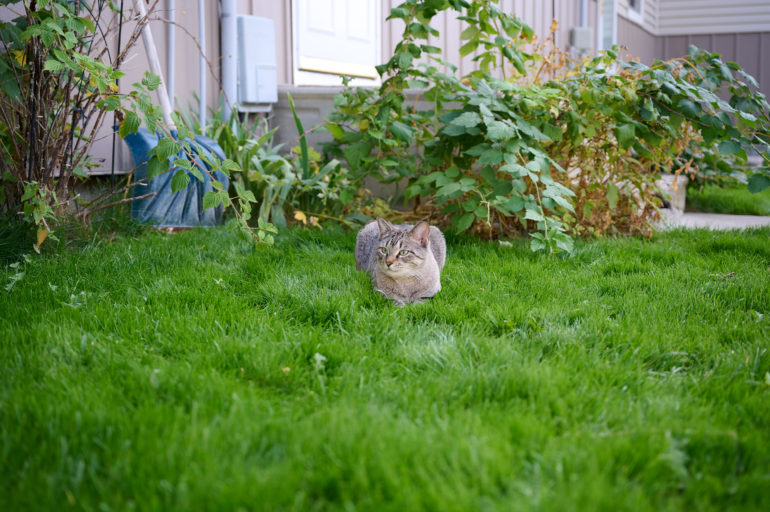
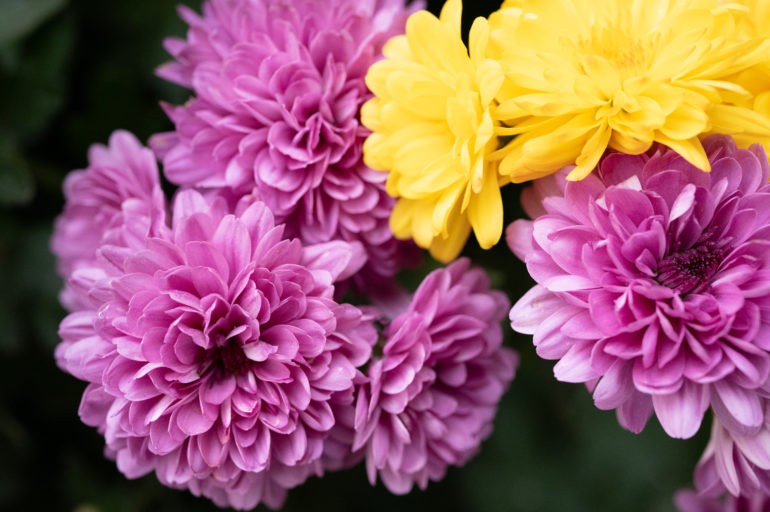
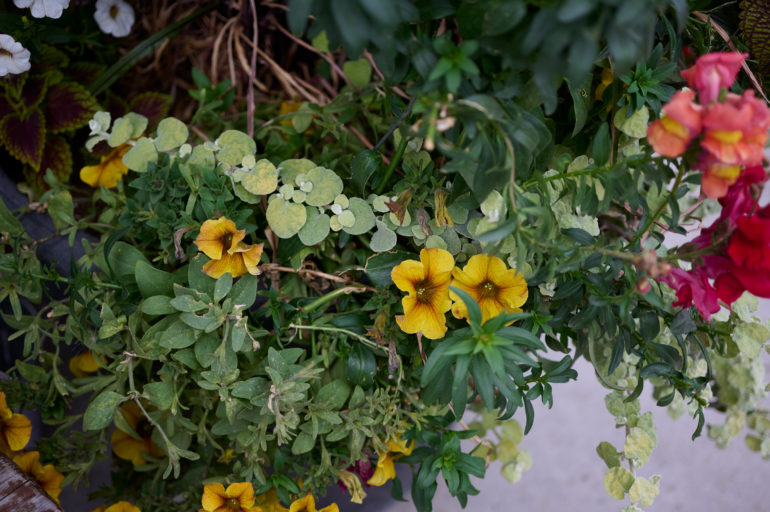

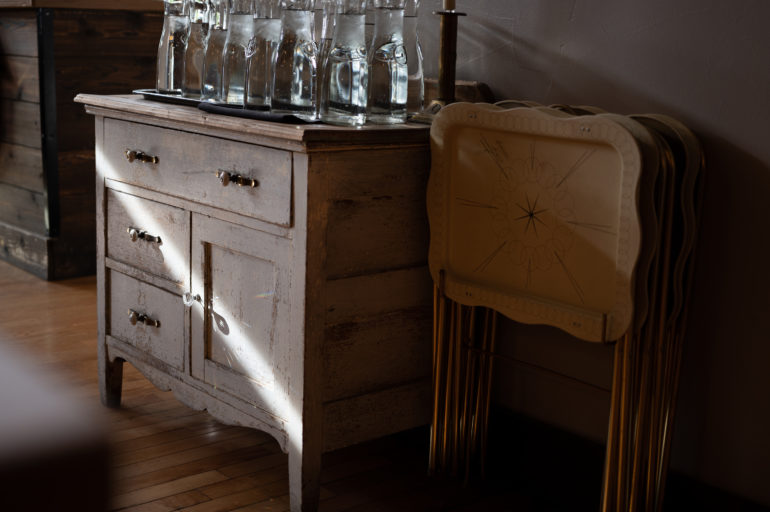
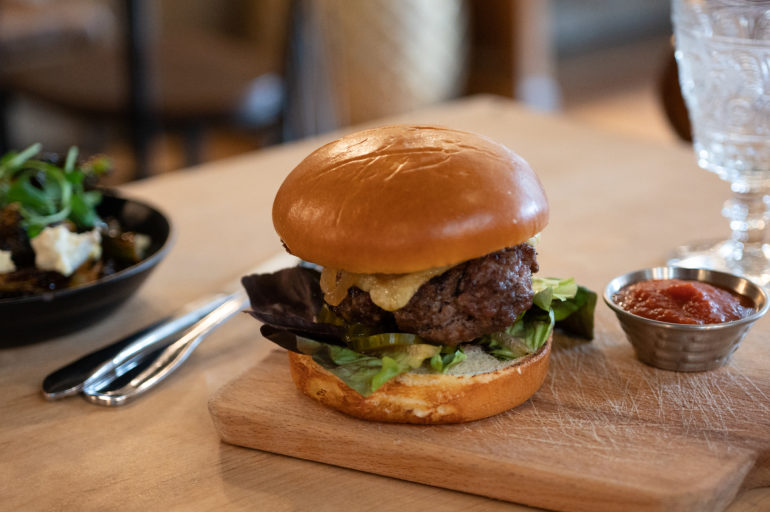

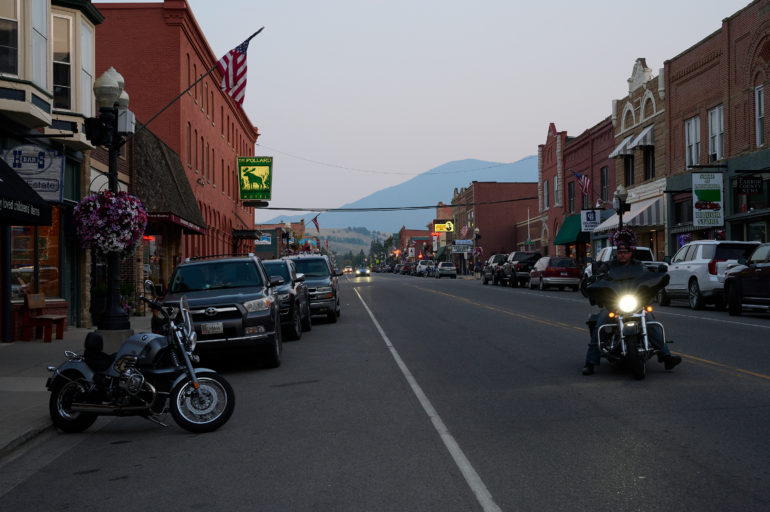



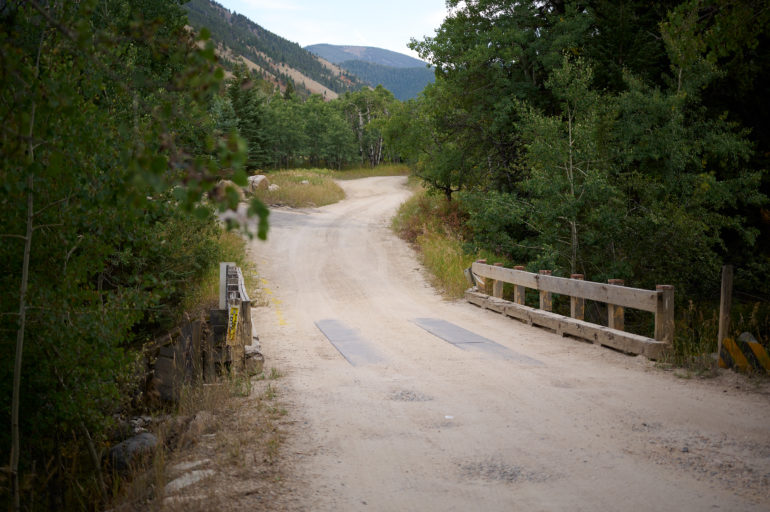
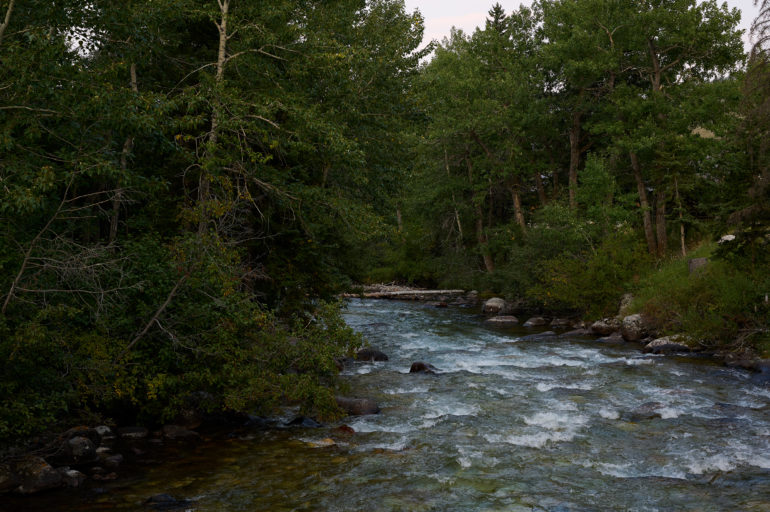
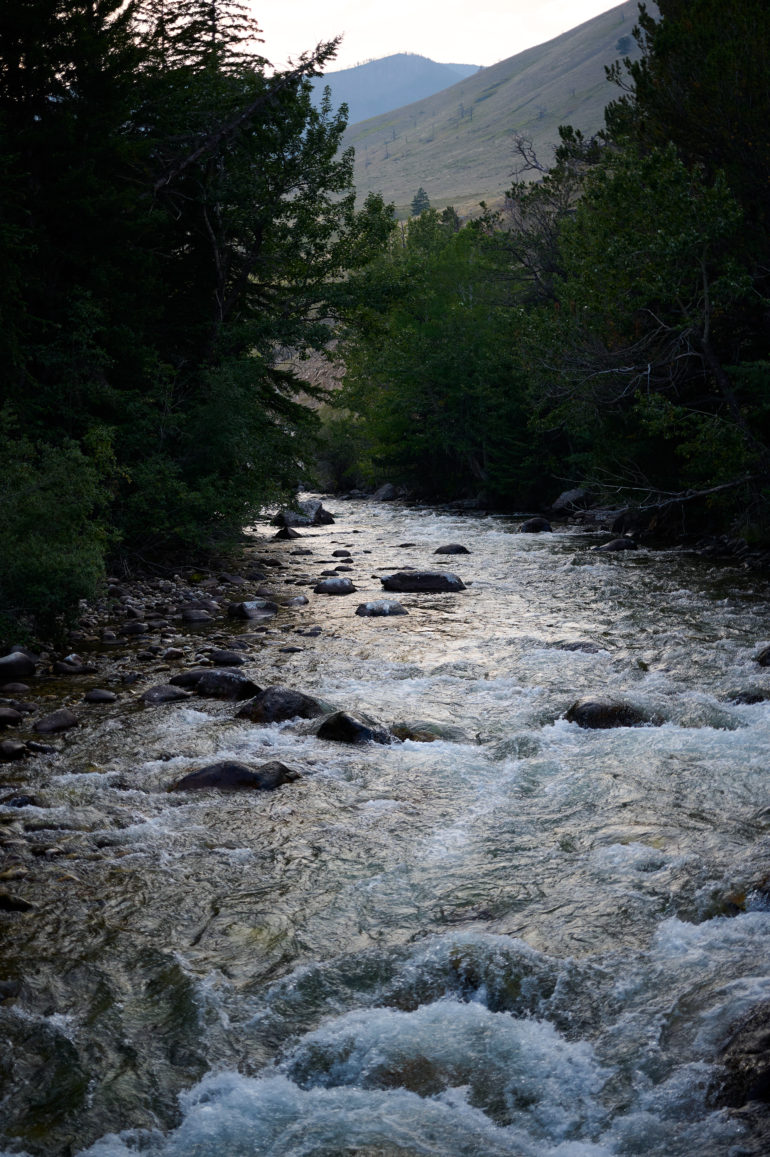
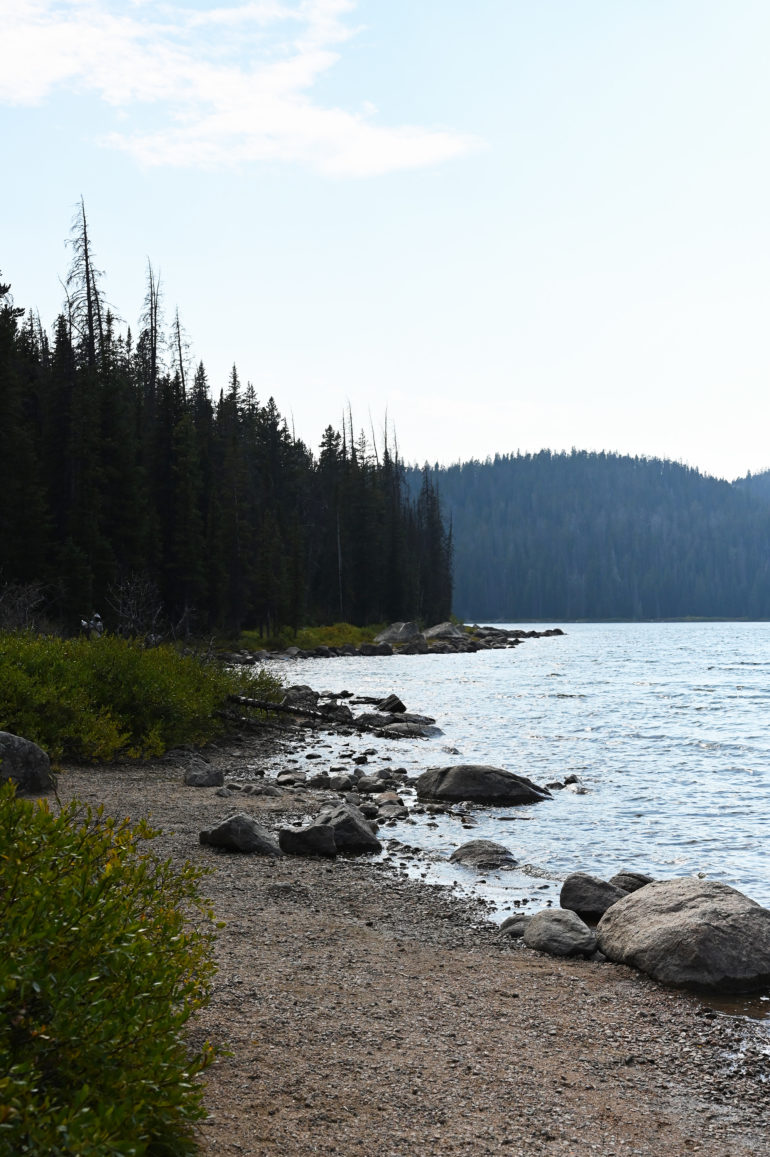
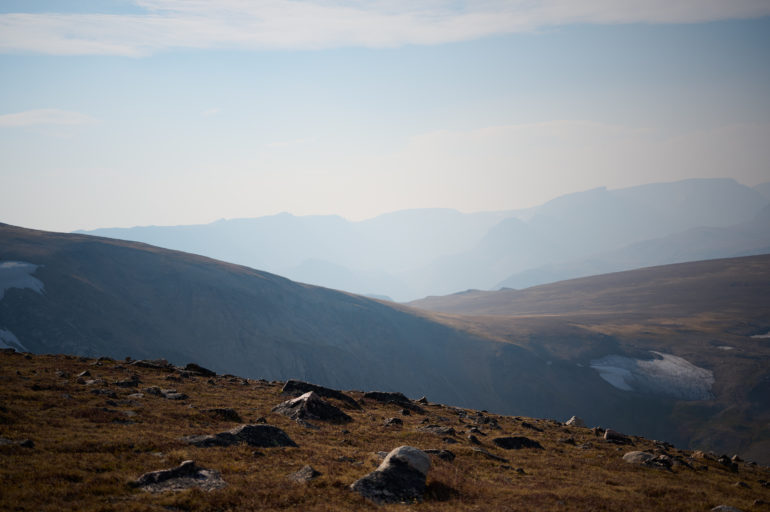
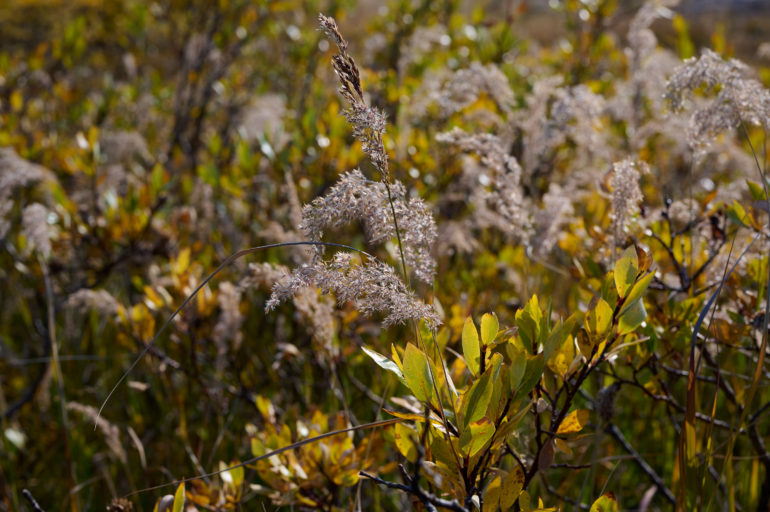
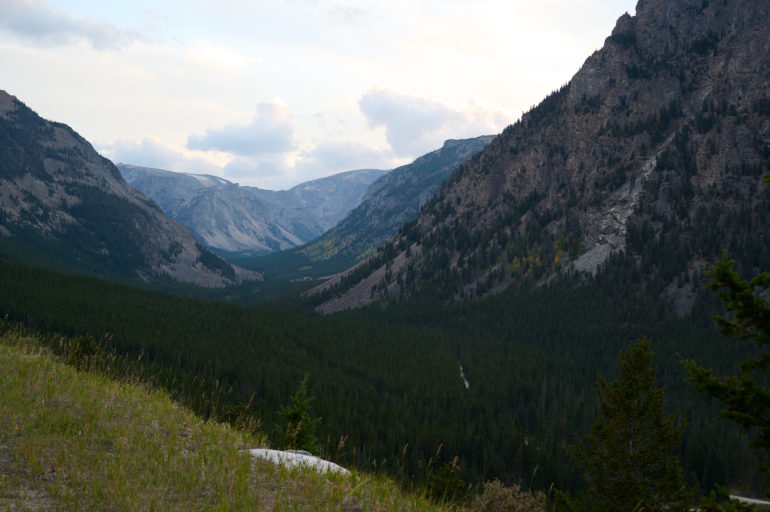
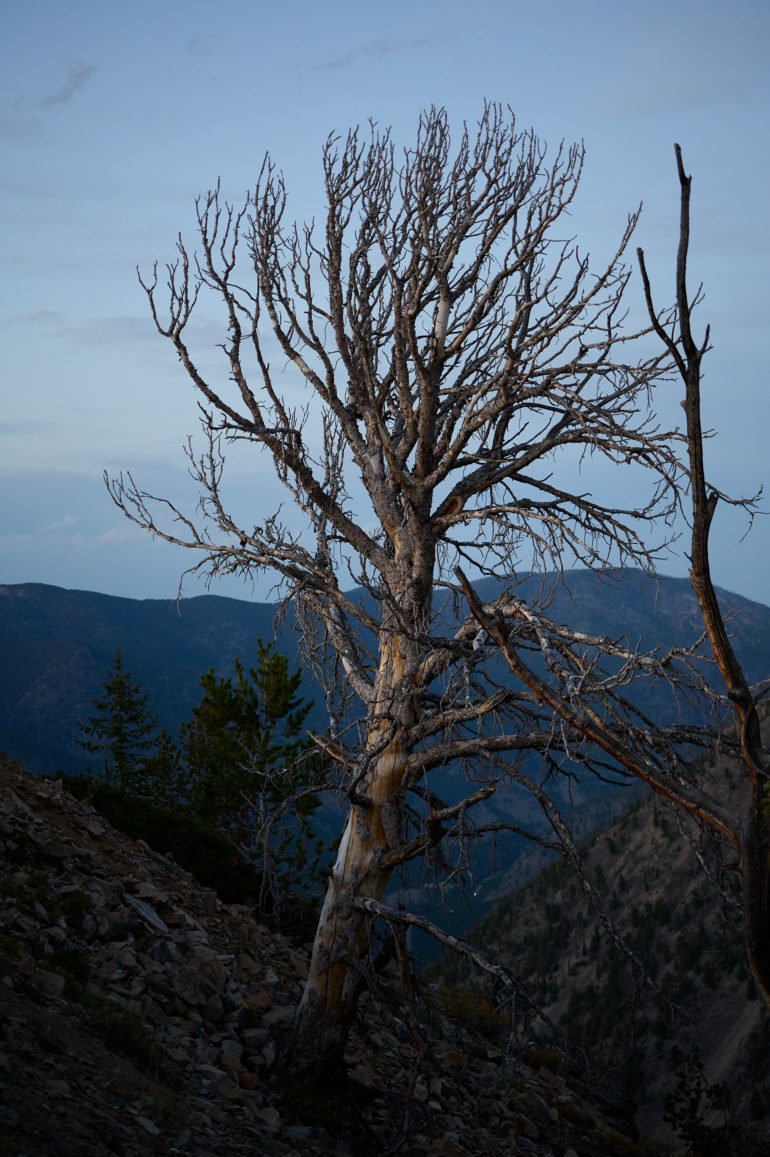
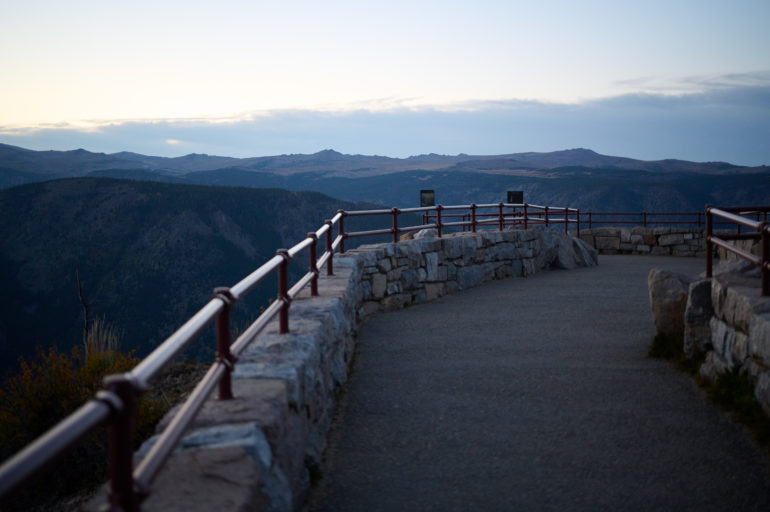
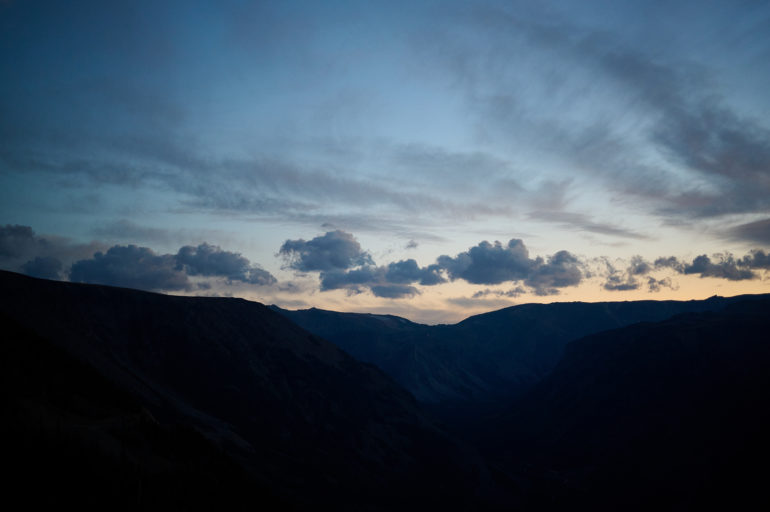
Conclusions of the Nikon 50mm f2.8 Z Review
Likes
- Light-weight
- You can take it anywhere
- Macro capabilities
- Autofocus is snappy in well-lit environments
- Weather-resistant
- The ability to digitize film with an accessory that is sold separately
Dislikes
- Autofocus isn’t the best in low light and flatly lit environments
- There isn’t a lot of character to this lens
- Images require more time retouching to get to where I like them
This lens is an interesting choice for Nikon to add to their current Z-system lineup. I am left wondering who their ideal client was when designing this lens for the Z series. I’m inquisitive as to their why? The price is right. It does what it’s supposed to do, and in most cases, it does it well. This lens almost feels like their answer to a request without any excitement or enthusiasm behind it. Although, the add-on film digitizing adapter sounds like a great feature.
Alas, anyone looking to add a moderately upgraded nifty fifty to their arsenal would be happy with this lens. They’ll primarily be pleased if they like making their art come alive in post-processing. It’s weather-resistant and can be taken anywhere. It’s the perfect focal length to leave on your camera most of the time. And, it’s priced very well.

We’re giving the Nikkor Z 50mm f2.8 lens four out of five stars. You can pick one up for $649.95.


